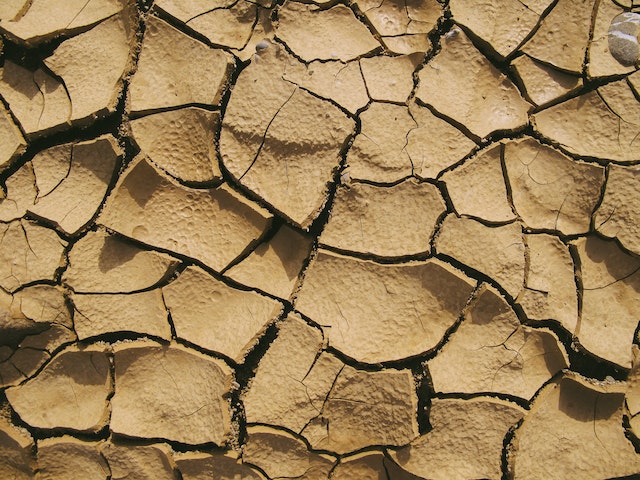2023/4 SEASON
El Niño and La Niña: Implications for Food Production in 2023/2024
Impacts and Implications for Major Food Producers
El Niño and La Niña are climate patterns that occur every few years in the tropical Pacific Ocean. El Niño is characterized by warmer-than-normal sea surface temperatures in the central and eastern Pacific, while La Niña is characterized by cooler-than-normal sea surface temperatures in the same region. These climate patterns can have a significant impact on weather patterns around the world, including rainfall, drought, and flooding. They can also have a major impact on food production in many countries.

